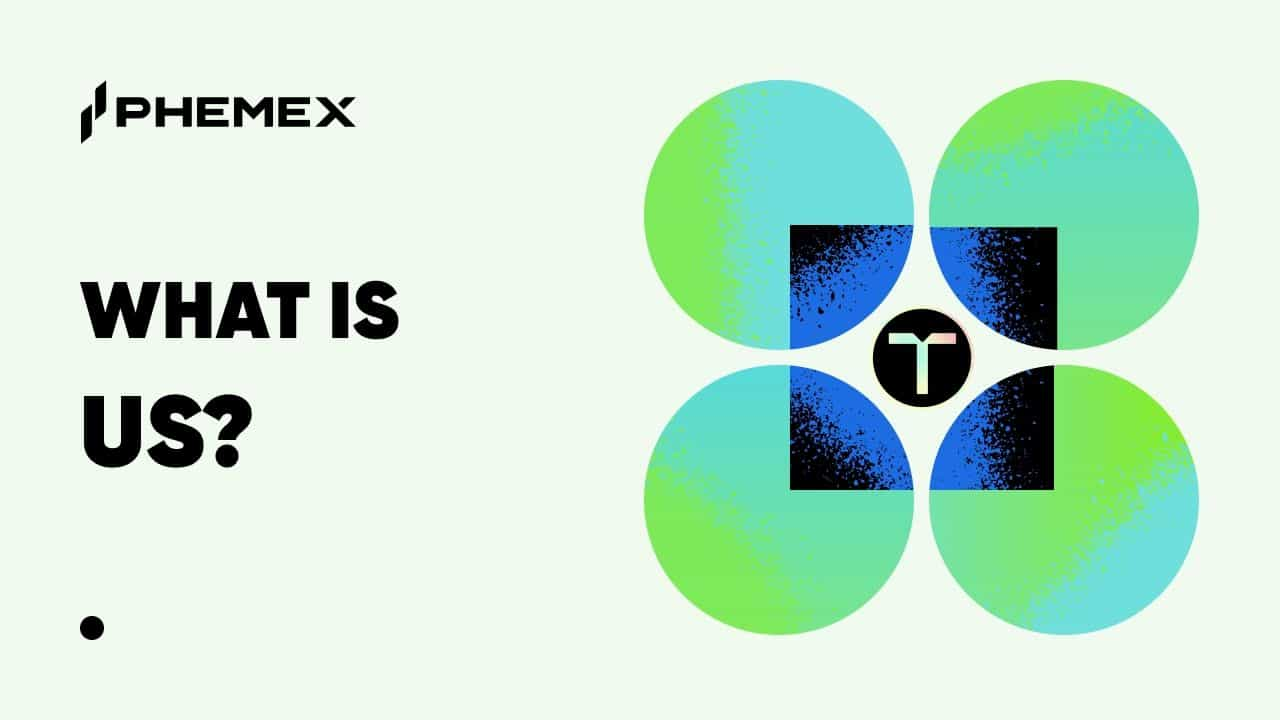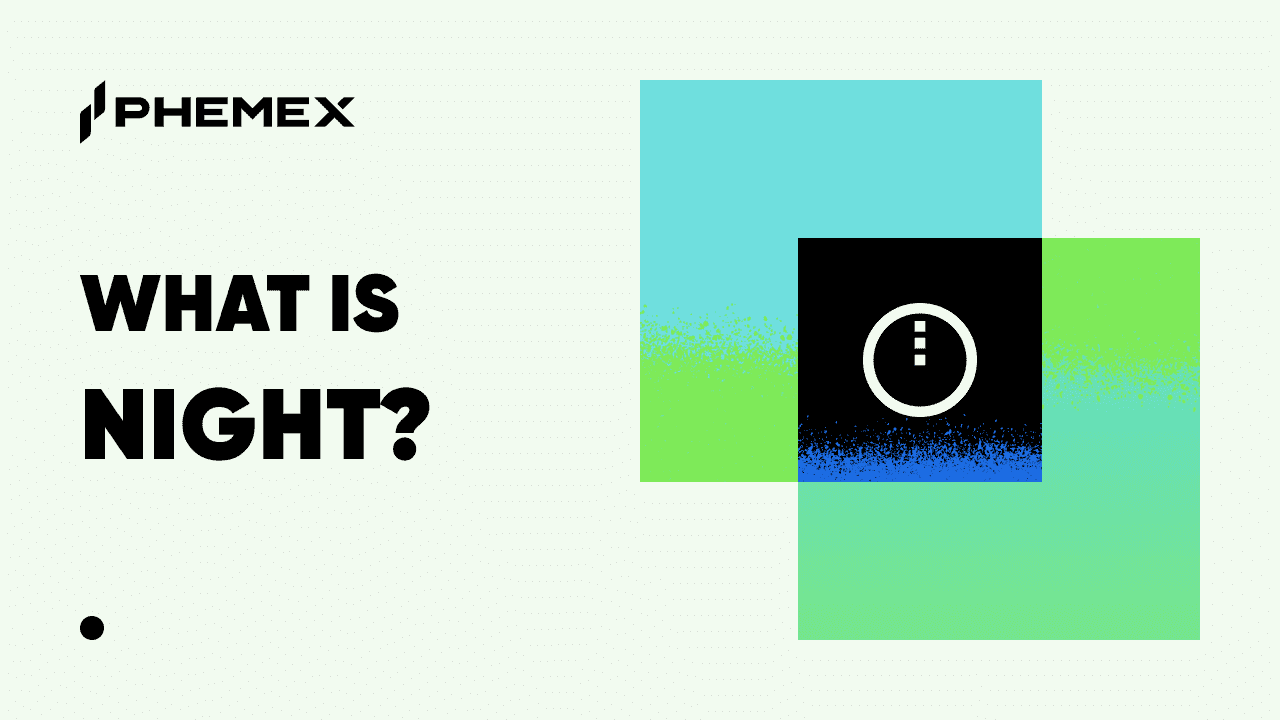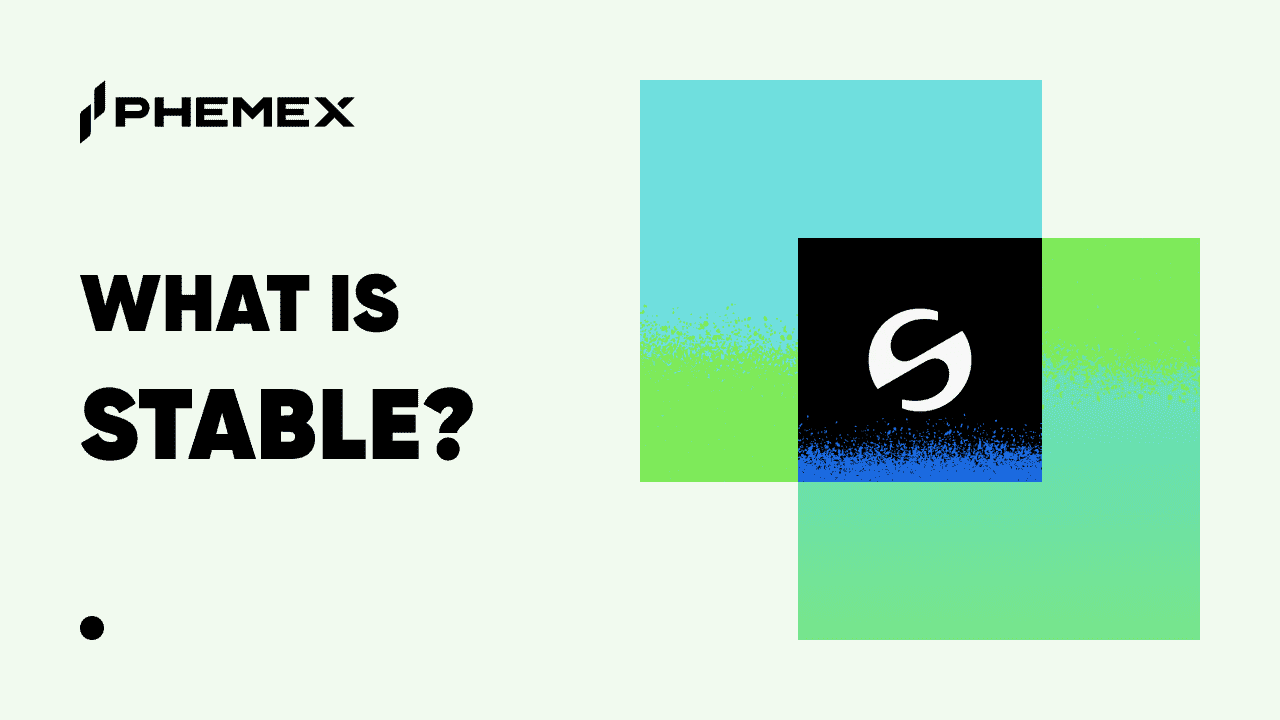Introduction
Real-world asset (RWA) tokenization is transforming decentralized finance (DeFi) by linking traditional assets to blockchain technology. Vanguard, a Solana-based project, seeks to capitalize on this trend by tokenizing precious metals and gemstones, powered by its $VWA token. Since its October 2025 launch, $VWA has surged in visibility due to social media campaigns, but its lack of transparency and unverified claims spark caution. This guide explains the $VWA token, its role in Vanguard, market performance, risks, and trading considerations.
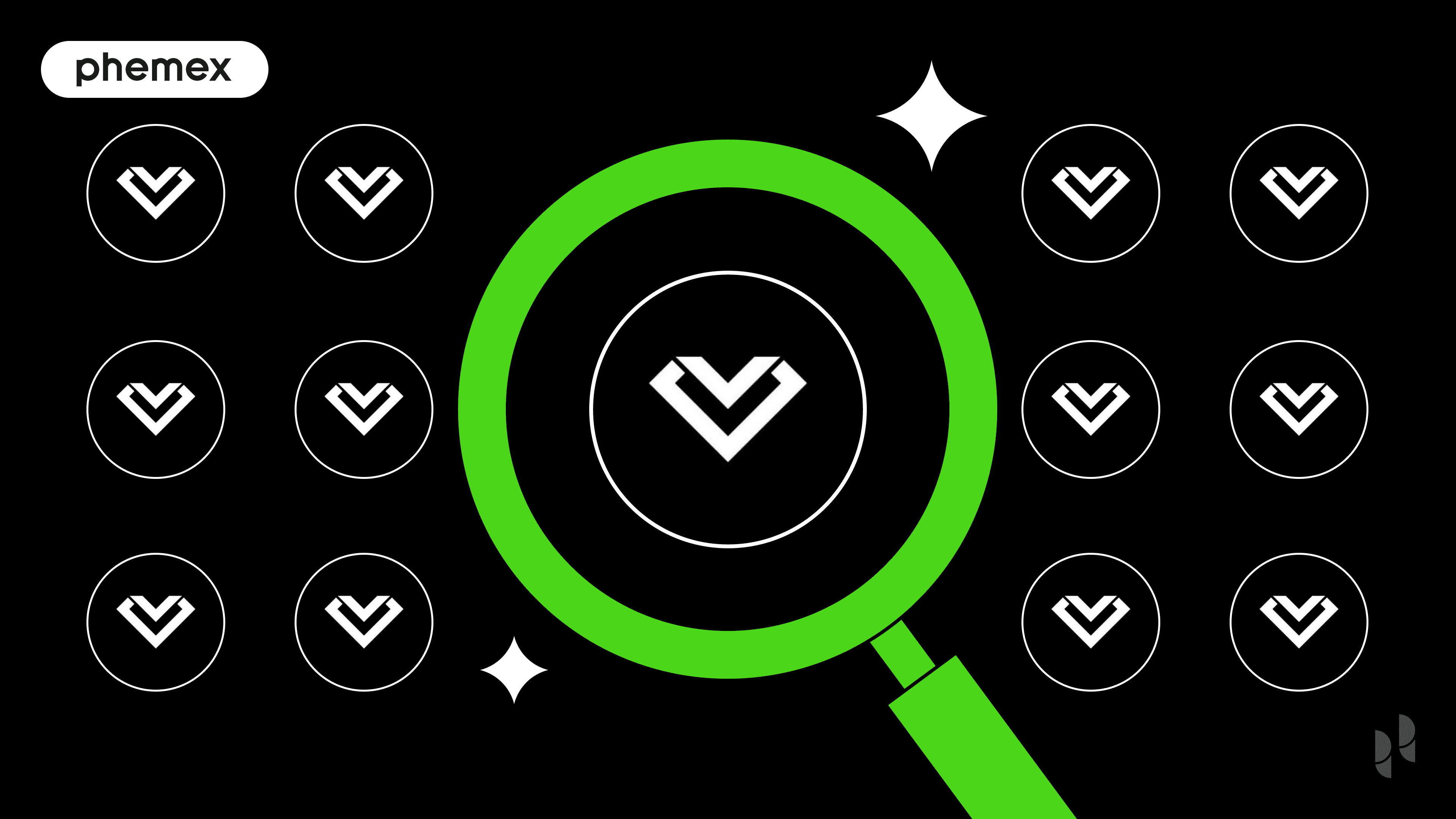
Quick Facts About $VWA Token
|
Metric |
Details |
|---|---|
|
Current Price |
$0.008427 (24h change: +3%) |
|
Market Cap |
$8.38M |
|
24h Trading Volume |
$376K |
|
Circulating Supply |
999.99M |
|
Total Supply |
999.99M |
|
All-Time High |
$0.00851 (Oct 13, 2025) |
|
All-Time Low |
$0.00677 (Oct 10, 2025) |
|
Blockchain |
Solana (SPL standard) |
|
Contract Address |
GJvLcMvQwznh1gAonWnqbqdSRrNCQmVzhfsZVvQdtM4b |
|
Availability on Phemex |
Not listed |
Data as of October 14, 2025. Prices and volumes fluctuate; always check live markets before trading.
What Is Vanguard?
Vanguard is a decentralized platform on the Solana blockchain designed to tokenize real-world assets (RWAs), such as gold, silver, and potentially gemstones, enabling fractional ownership and trading in DeFi. It aims to tackle barriers in traditional asset markets, including high costs, illiquidity, and restricted access, using Solana’s high-speed, low-cost infrastructure. However, the absence of a public whitepaper, roadmap, or audited smart contracts raises transparency concerns. Its “Vanguard RWA” branding has led to confusion, with no verified ties to financial institutions like Vanguard Group, BlackRock, or Ripple.
What Is RWA Tokenization?
RWA tokenization converts physical assets into blockchain-based tokens, enabling fractional ownership, enhanced liquidity, and 24/7 global trading. Vanguard claims to tokenize precious metals and gemstones but provides no public proof of reserves or custody details, limiting confidence in its claims.
Who Is Vanguard For?
Vanguard targets:
-
Contributors: Individuals or entities tokenizing physical assets or providing liquidity to DeFi pools, potentially earning $VWA rewards.
-
Users: Traders, investors, and developers using tokenized assets for DeFi applications like trading, lending, or yield farming.
Why Is $VWA Popular?
$VWA’s rapid rise stems from:
-
RWA Market Potential: The RWA sector could exceed $23 trillion as traditional assets move on-chain, aligning with $VWA’s focus on gold and silver.
-
Social Media Buzz: Viral X and Instagram posts, including a debunked Simpsons claim, have driven speculative interest, though unverified.
-
Solana Ecosystem: Solana’s fast, low-cost blockchain supports DeFi and meme-driven tokens, boosting $VWA’s visibility.
-
Speculative Trading: Low market cap and high volatility, with trading volumes peaking at $1.7 million in mid-October 2025, attract short-term traders.
Reliance on unverified hype raises sustainability concerns.
What Is the $VWA Token?
The $VWA token, an SPL token on Solana, powers the Vanguard platform by enabling RWA tokenization, DeFi integration, and ecosystem incentives. Launched on October 4, 2025, it saw rapid price gains due to social media campaigns, but its lack of a whitepaper or audited contracts fuels skepticism.
VWA Tokenomics and Distribution
$VWA’s tokenomics are undisclosed due to no public whitepaper or vesting schedule as of October 2025. The total supply is 1 billion tokens, all circulating. Blockchain analysis shows 89–90% of the supply held by 50 wallets, many linked to the deployer, signaling centralization risks.
|
Category |
Percentage |
Amount (Millions) |
Vesting Details |
|---|---|---|---|
|
Circulating Supply |
100% |
1,000 |
Fully unlocked |
|
Other Allocations |
TBD |
TBD |
TBD |
No rights to dividends or governance are specified for $VWA holders.
What Does the $VWA Token Do?
$VWA supports Vanguard’s ecosystem by:
-
Tokenization Fees: Enabling users to mint tokens for physical assets like gold or silver.
-
Liquidity Rewards: Incentivizing contributors to add tokenized assets to DeFi pools.
-
Potential Governance: Possibly allowing $VWA holders to influence future platform decisions.
-
DeFi Integration: Supporting trading, lending, or yield farming of tokenized RWAs.
These functions rely on Vanguard delivering verifiable asset backing, which is currently unproven.
Key Characteristics of $VWA Token
-
Utility-Driven: Aimed at RWA tokenization, but value depends on project execution.
-
Solana-Based: Uses Solana’s SPL standard for fast, low-cost transactions.
-
Fixed Supply: 1 billion token cap, with high concentration raising manipulation risks.
-
High Volatility: Driven by speculative trading, with low liquidity amplifying price swings.
-
Unverified Status: Lacks audits and is unverified on platforms like Solflare.
Is $VWA Token Legitimate?
$VWA’s legitimacy is uncertain due to:
-
Lack of Transparency: No public whitepaper, roadmap, or audited smart contracts.
-
Centralized Ownership: 89–90% of supply held by 50 wallets, many tied to the deployer, per BubbleMaps.
-
Misleading Branding: “Vanguard” may imply unverified ties to Vanguard Group.
-
Low Liquidity: Shallow VWA/SOL DEX pairs increase manipulation or slippage risks.
-
Unverified Status: Listed as unverified on Solflare with no third-party audits.
The RWA sector is promising, but $VWA requires thorough due diligence.
Should You Engage with $VWA Token?
Engaging with $VWA involves weighing opportunities against risks:
Potential Benefits
-
RWA Sector Growth: The RWA market’s potential offers opportunities if Vanguard delivers.
-
Solana Ecosystem: Solana’s DeFi infrastructure supports $VWA’s operations.
-
Trading Opportunities: High volatility attracts speculative traders.
Key Risks
-
Risk of Manipulation: High token concentration (89–90%) raises insider control concerns.
-
Limited Transparency: No whitepaper, roadmap, or audits undermines trust.
-
Liquidity Challenges: Low liquidity risks price drops during large trades.
-
Speculative Hype: Unverified claims prioritize hype over substance.
Considerations for Traders
-
Research thoroughly using tools like Solscan for on-chain analysis.
-
Allocate only funds you can afford to lose.
-
Monitor liquidity and top-holder wallet activity.
-
Use secure wallets and verify contract addresses.
How Vanguard (VWA) Differ from Other Networks
Unlike Layer 1 blockchains like Ethereum, Vanguard is a specialized RWA tokenization platform on Solana. Compared to RWA projects like Ondo Finance, Vanguard focuses on precious metals and gemstones with a community-driven approach, but its lack of transparency contrasts with competitors’ audited contracts.
Vanguard (VWA) vs. Solana (SOL)
$VWA supports RWA tokenization on Solana, while SOL powers the broader blockchain.
|
Metric |
$VWA (Vanguard) |
SOL (Solana) |
|---|---|---|
|
Type |
Utility token for RWA tokenization |
Native Layer 1 blockchain token |
|
Primary Use |
Tokenization fees, liquidity rewards, potential governance |
Transaction fees, staking, dApp hosting |
|
Ecosystem Focus |
Tokenizes physical assets for DeFi |
High-throughput blockchain for DeFi, NFTs |
|
Key Strength |
Aims to democratize access to precious assets |
Scalable with 65K+ TPS potential Solana Docs |
The Tech Behind Vanguard
Vanguard uses Solana’s SPL standard for token issuance and smart contracts to facilitate RWA tokenization and DeFi pool liquidity. It claims to support asset-backed tokens, but no public custody or reserve details are available. A recent demo showed XRP Ledger integration, suggesting possible multi-chain exploration, though Solana remains primary. Unaudited contracts raise security concerns.
Team and Origins
Vanguard’s team and founders are undisclosed, with no confirmed institutional backers. Launched in October 2025 via Solana DEXes, it references a GitHub repository, but details are sparse. This opacity fuels skepticism compared to transparent projects.
Key News and Developments
-
October 4, 2025: $VWA launches on Jupiter DEX, reaching a $7.4M market cap.
-
October 6, 2025: Trading volume peaks at $1M, driven by debunked Simpsons claims.
-
October 9, 2025: X demo shows XRP Ledger RWA integration. Vanguard X
-
October 2025: BubbleMaps reports 89–90% token concentration.
-
Ongoing: Traded on Solana DEXes; no major centralized exchange listings.
How to Trade $VWA
$VWA is not listed on Phemex. To trade:
-
Set up a Solana-compatible wallet (e.g., Phantom or Solflare).
-
Acquire SOL via Phemex or other exchanges.
-
Swap SOL for $VWA on DEXes like Jupiter or Raydium.
-
Monitor liquidity and prices using DEXTools.
Verify the contract address (GJvLcMvQwznh1gAonWnqbqdSRrNCQmVzhfsZVvQdtM4b), use secure wallets, and set stop-losses.
FAQ
What is the $VWA token used for?
$VWA enables RWA tokenization, liquidity rewards, and potential governance in Vanguard.
Is Vanguard a legitimate project?
Lack of audits, high token concentration, and unverified branding raise concerns; due diligence is critical.
Where can I trade $VWA?
$VWA trades on Solana DEXes like Jupiter or Raydium; verify contract addresses.
Conclusion
The $VWA token drives Vanguard’s ambition to tokenize real-world assets on Solana, offering DeFi innovation potential. However, its lack of transparency, centralized token distribution, and speculative hype pose significant risks. Traders should approach $VWA cautiously, prioritizing thorough research and secure practices. Stay updated with the Phemex Academy for insights on emerging tokens and market trends.





